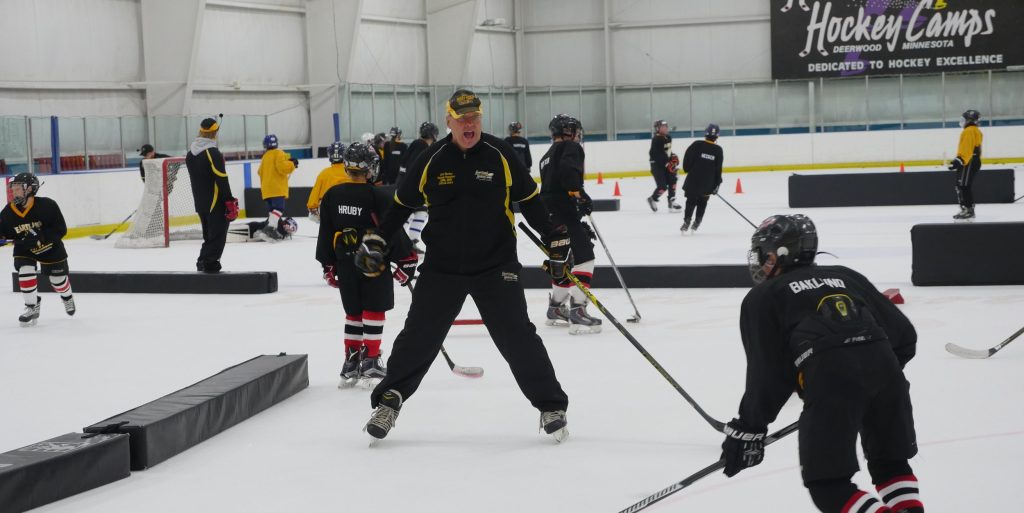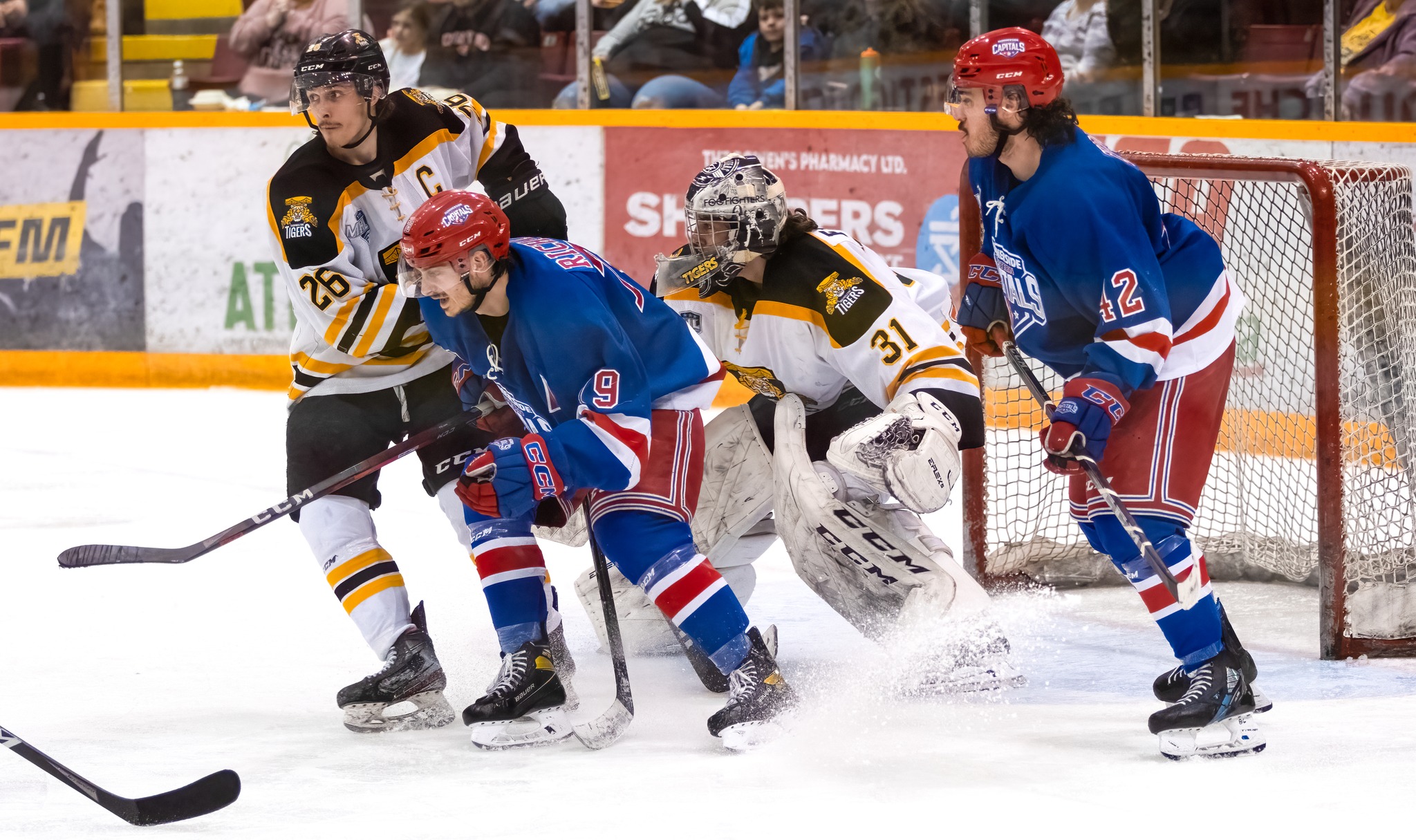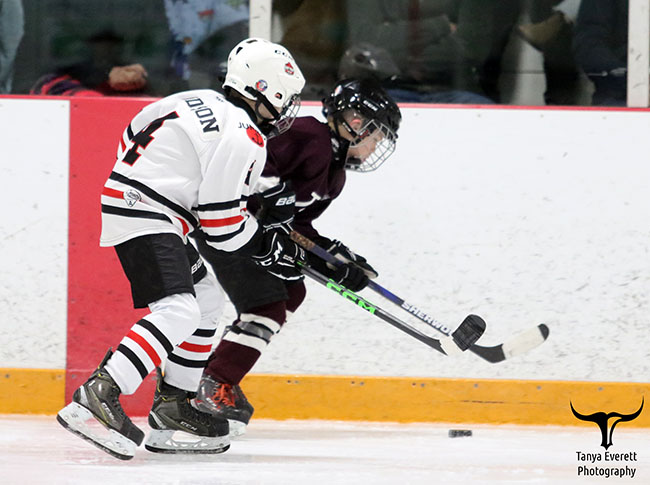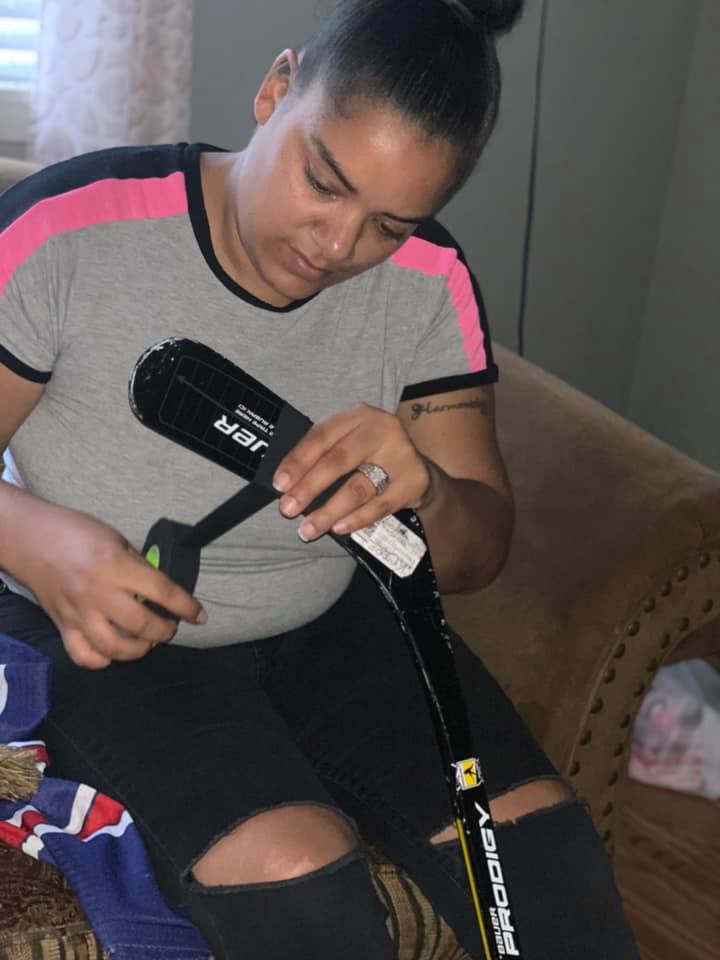What is Boarding in Hockey: Understanding the Rule and Its Implications
Hockey is an exhilarating sport that requires agility, precision, and strength. However, like any other physical game, it also comes with its share of rules and regulations to ensure the safety of the players. One such rule is “boarding” – a dangerous infraction that can result in penalties and injuries. This article will delve into the definition, history, and implications of boarding in hockey.

What is Boarding in Hockey?
Boarding is a violation in ice hockey, where a player intentionally pushes, hits, or checks an opponent into the boards surrounding the rink. The boards act as a barrier between the ice and the spectators, and they are usually made of hard materials such as Plexiglas or tempered glass. When a player is shoved into the boards with excessive force, they can sustain serious injuries such as concussions, spinal cord injuries, and broken bones.
Understanding the Rule and Its History
Boarding was first introduced as a penalty in ice hockey in 1910. The rule aimed to prevent players from using excessive force and causing injury to their opponents. The current rule states that a player shall not push or hit an opponent “in such a manner that causes the opponent to be thrown violently into the boards.”
Types of Boarding
There are two types of boarding – minor and major penalties. Minor boarding is when a player pushes or hits an opponent from behind or at an angle, causing them to crash into the boards. A significant penalty is called when a player causes an injury due to boarding.
How is Boarding Penalized?
A minor boarding penalty results in a two-minute power play for the opposing team, and the offending player must serve time in the penalty box. A significant penalty results in a five-minute power play, and the offending player may also receive a game misconduct, which means they are ejected from the game. If the victim of the boarding incident is injured, the offending player may face further disciplinary action.
Why is Boarding Dangerous?
Boarding can cause severe injuries due to the force of the impact. The boards surrounding the rink are unforgiving, and when a player is slammed into them, they have no cushioning to soften the blow. The speed and momentum of the players can also contribute to the severity of the injury. In some cases, boarding can result in life-altering injuries or death.
Preventing Boarding Incidents
Players must be trained to avoid hitting their opponents from behind or at an angle to prevent boarding incidents. They must also learn to control their speed and momentum to reduce the force of impact. Coaches and officials should monitor the game closely and enforce the rules to discourage dangerous behavior.
Importance of Proper Training and Equipment
Proper training and equipment are essential in preventing boarding incidents. Players should be equipped with the appropriate protective gear, including helmets, pads, and mouthguards. They should also receive thorough training on proper body-checking techniques and sportsmanship.
Boarding in Youth Hockey
Boarding is a severe concern in youth hockey, where players still need to learn the fundamentals of the game. Coaches and officials must be vigilant in ensuring the safety of young players and enforcing the rules to prevent dangerous behavior.
Boarding vs. Body Checking
Boarding is often confused with body checking, but it is different. Body checking is a legal move in hockey where players use their bodies to separate opponents from the puck. Body checking is allowed in certain areas of the rink and under certain circumstances, while boarding is never allowed and is considered a dangerous infraction.
Recent Cases of Boarding in Professional Hockey
Boarding remains a concern in professional hockey, where players are bigger, stronger, and faster than ever before. Several high-profile boarding cases have made headlines in recent years, including a hit by Tom Wilson of the Washington Capitals on Artemi Panarin of the New York Rangers in 2021. The hit resulted in a season-ending injury for Panarin and led to calls for harsher penalties for boarding incidents.
Boarding in Women’s Hockey
Boarding is also a concern in women’s hockey, where players risk serious injury like their male counterparts. In 2018, Team USA player Jocelyne Lamoureux-Davidson suffered a concussion due to a boarding incident during the Winter Olympics. The incident highlighted the need for increased attention to player safety in women’s hockey.
Conclusion
Boarding is a severe infraction of hockey that can result in penalties, injuries, and even death. Players, coaches, and officials must take steps to prevent boarding incidents and ensure the safety of all players on the ice. Proper training, equipment, and rules enforcement are key in reducing the incidence of boarding in hockey.
FAQs
Is boarding always penalized in hockey?
Yes, boarding is always penalized in hockey, as it is considered a dangerous infraction.
Can a player receive a significant penalty for boarding without causing an injury?
Yes, players can receive a significant penalty for boarding even if they do not cause an injury. The severity of the penalty depends on the severity of the infraction.
Is body checking allowed in women’s hockey?
Body-checking is allowed in women’s hockey, but the rules may differ from those in men’s hockey.
How can coaches prevent boarding incidents in youth hockey?
Coaches can prevent boarding incidents in youth hockey by emphasizing proper technique, enforcing the rules, and promoting sportsmanship and respect for opponents.
What is the most common injury resulting from boarding in hockey?
The most common injury resulting from boarding in hockey is a concussion, but players can also sustain spinal cord injuries, broken bones, and other serious injuries.



